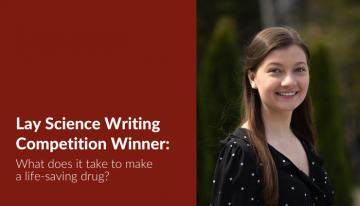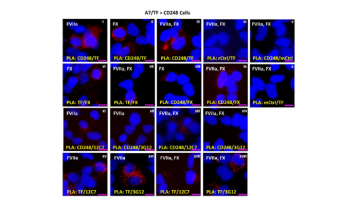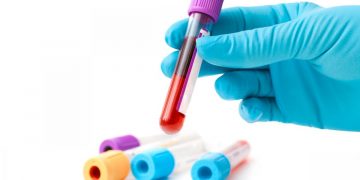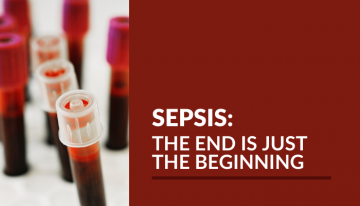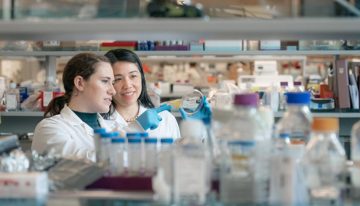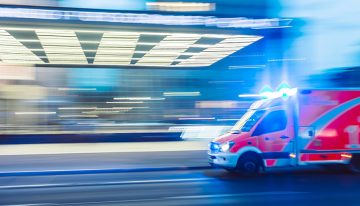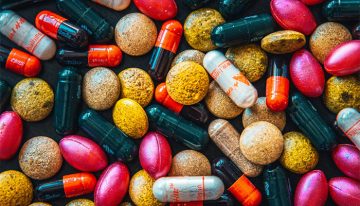Research
UBC team discovers ‘silver bullet’ to keep medical devices free of bacteria
April 27, 2022
University of British Columbia researchers have found a ‘silver bullet’ to kill bacteria and keep them from infecting patients who have medical devices implanted.
Lay Science Writing Competition Winner: What does it take to make a life-saving drug?
April 21, 2022
Read the entry that was awarded first place in this year’s “Science behind the scenes” Lay Science Writing Competition! Alexandra Witt identified high school students as her target audience and wrote an engaging piece that sheds light on the questions scientists ask when developing a new drug.
It takes two to tango: Tissue factor and CD248
April 14, 2022
What is the relationship between tissue factor and CD248? The Conway and Pryzdial labs looked at how these two proteins interact to influence blood clotting.
A novel antibiotic-host defense peptide conjugate with multiple talents
March 31, 2022
Etayash and colleagues identified a novel vancomycin-innate defence regulator conjugate (V-IDR1018) as a promising candidate for the treatment of bacterial infections.
Revisiting cold-stored platelets: An effort to improve patient care and storage feasibility
March 24, 2022
Wayne Zhao of the Devine Lab shares his work on platelet storage conditions, and whether we should consider revisiting cold-stored platelets.
Creating universal blood-type organs for transplant
February 16, 2022
Dr. Jayachandran Kizhakkedathu’s team and collaborators are creating universal blood-type organs for transplant.
Sepsis: The end is just the beginning
February 3, 2022
Andy An explains the critical need to study sepsis and post-sepsis syndrome, and how COVID-19 has brought new attention to both.
UBC researchers lead $24 million project to treat spinal cord injury
January 12, 2022
Dr. Karen Cheung is part of the Mend the Gap project, which will develop soft gels to help regrow nerve fibres in an injured spinal cord.
Machine learning and AI used to rapidly detect sepsis, cutting risk of death dramatically
January 10, 2022
A groundbreaking advance in quickly detecting sepsis using machine learning has been pioneered by researchers in the Hancock Lab.
UBC researchers train computers to predict the next designer drugs
November 15, 2021
Research from Dr. Michael Skinnider and Dr. Leonard Foster have trained computers to predict the next designer drugs before they are even on the market, technology that could save lives.




